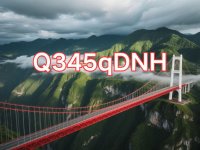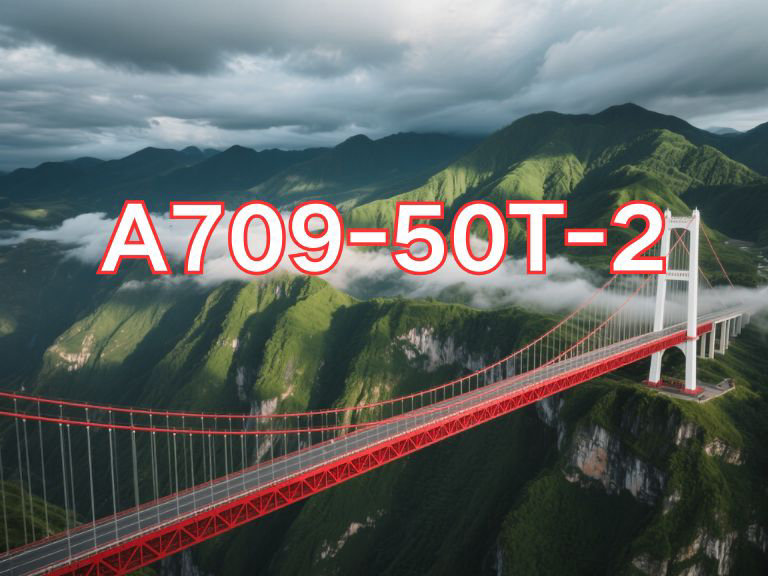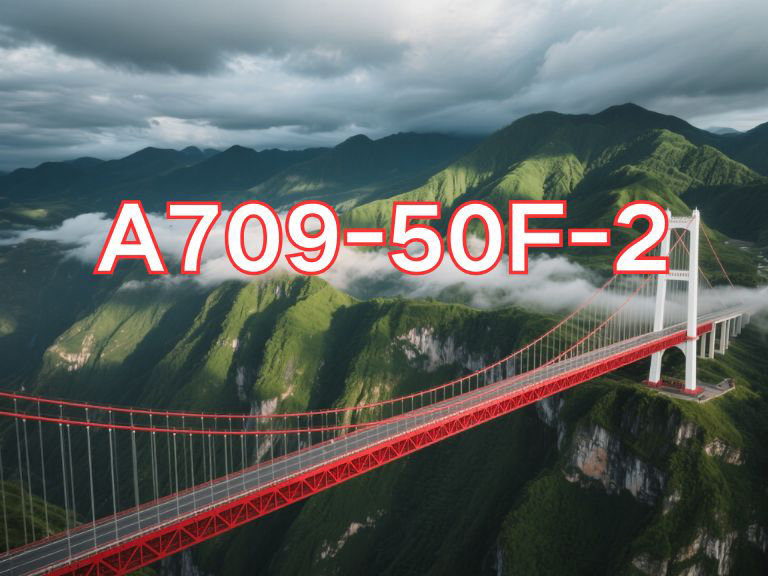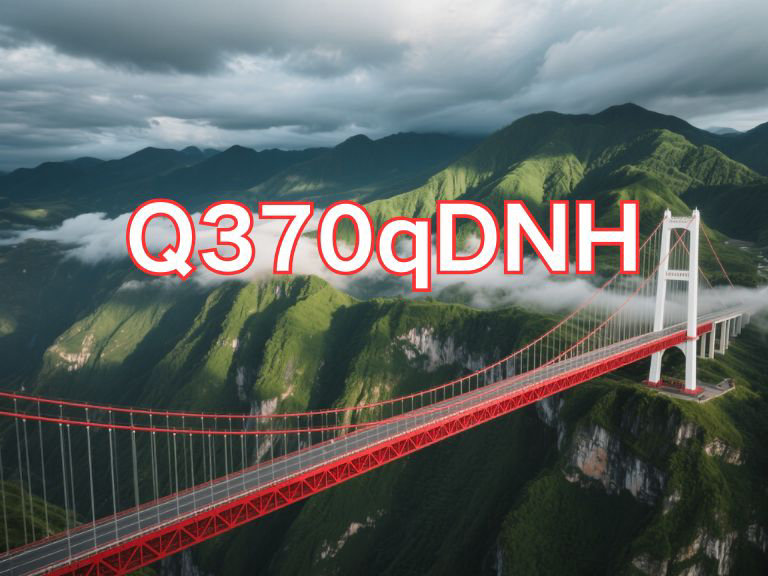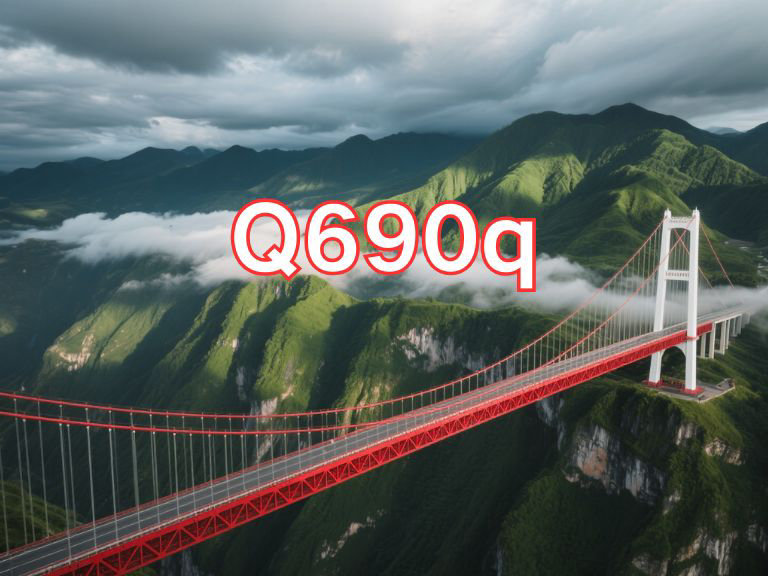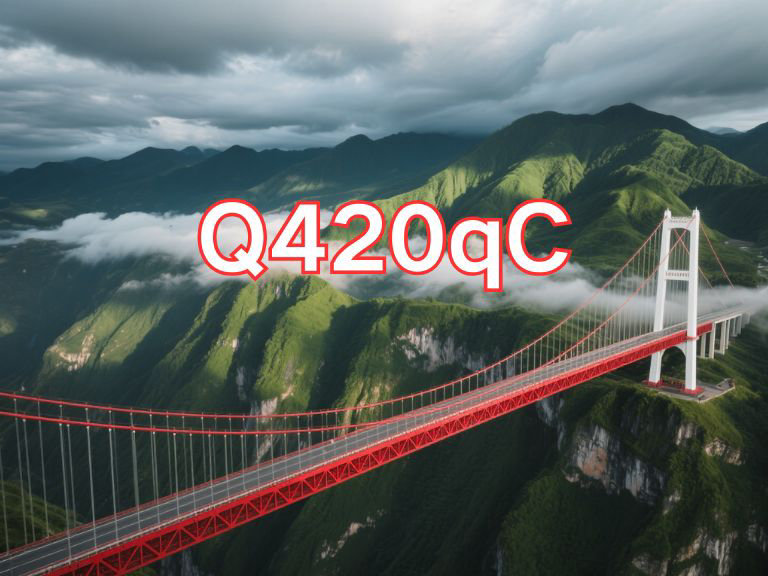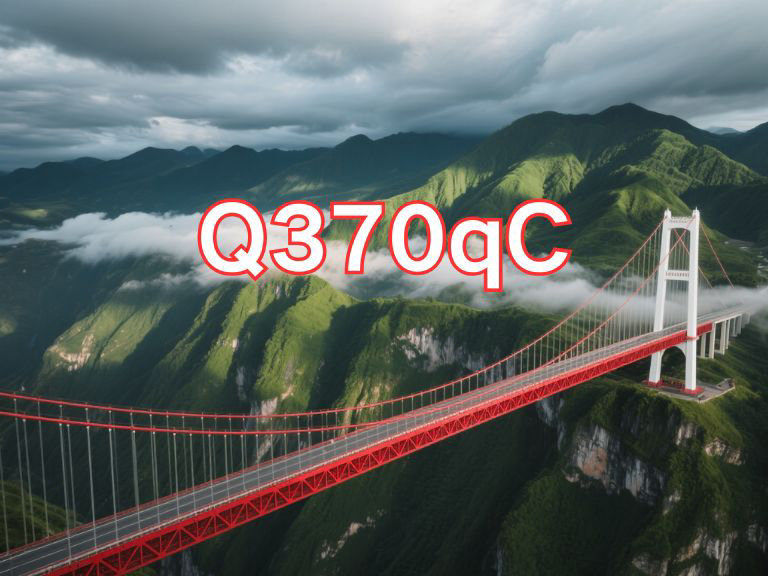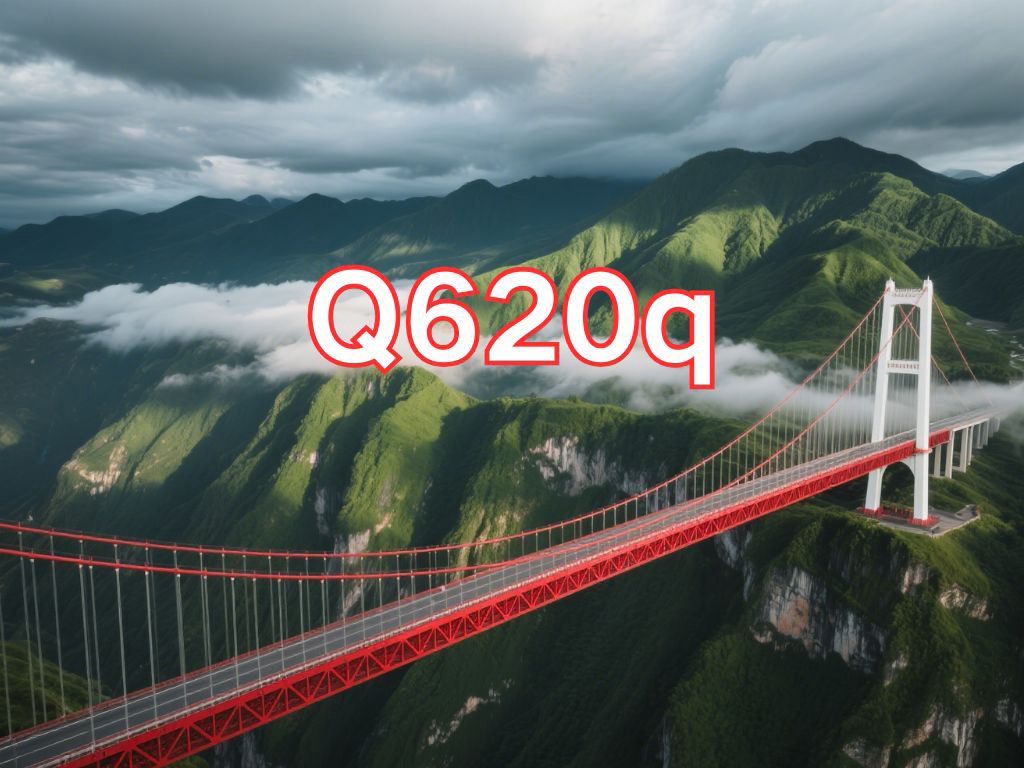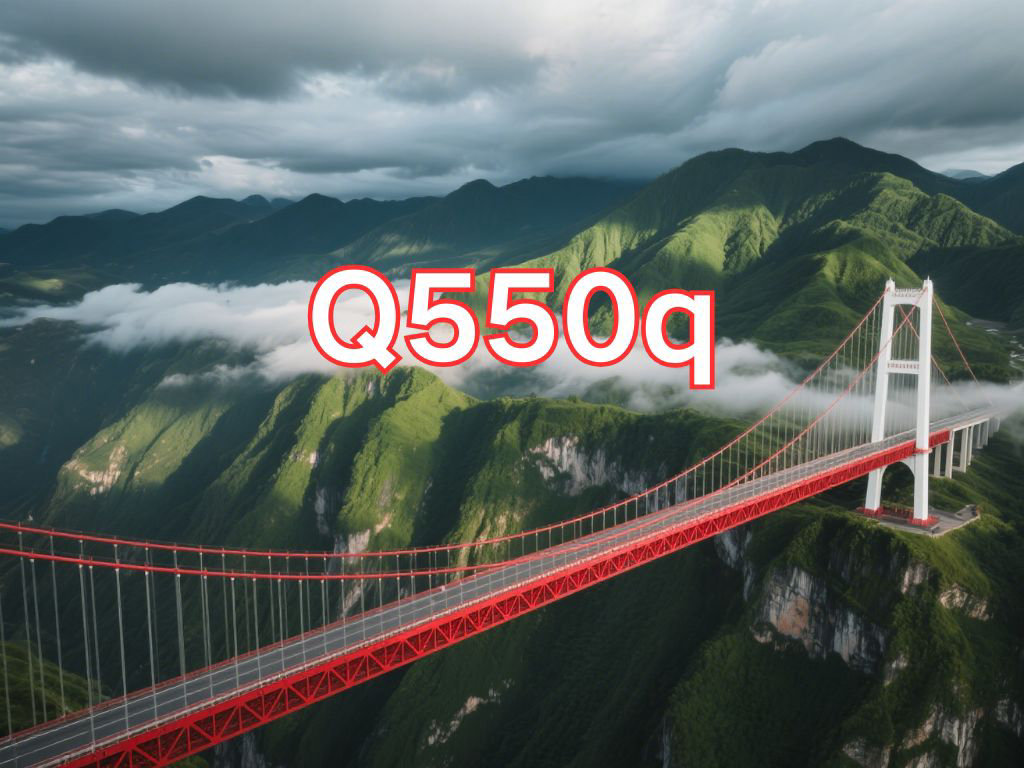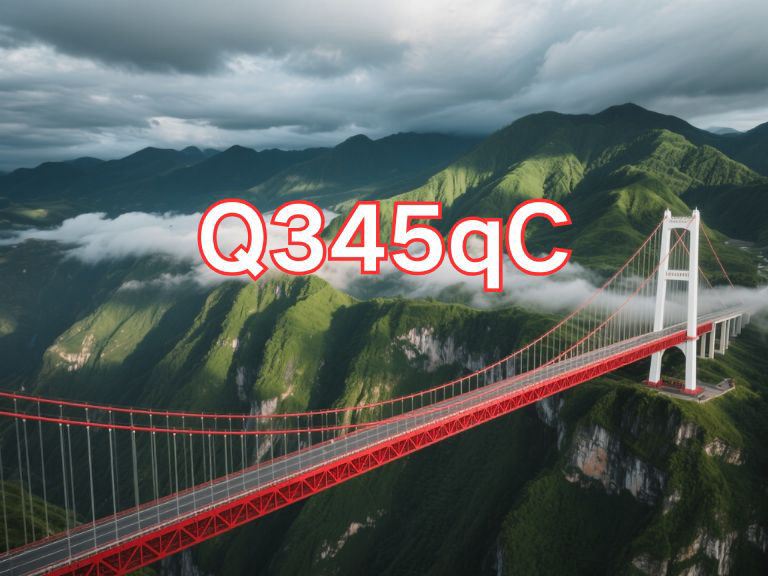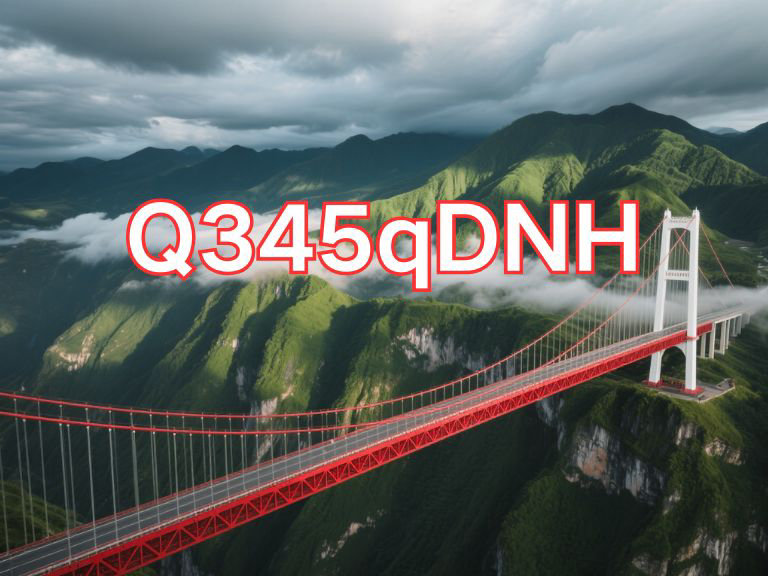

Q345qDNH
Q345qDNH is a high-performance weathering bridge steel, specifically designed for modern bridge structures, particularly suitable for outdoor steel structures exposed to complex atmospheric environments. The designation is interpreted as follows: "Q" stands for yield strength (from the first letter of the Chinese pinyin "Qu"), "345" indicates a minimum yield strength of 345 MPa (for thickness ≤ 16 mm); "q" stands for "qiao" (Chinese for "bridge"), signifying its use as bridge steel; "D" denotes the impact toughness grade, meaning the steel meets the requirement for Charpy impact testing at -20 °C; and "NH" is the abbreviation for "Nai Hou" (Chinese for "weathering resistance"), indicating atmospheric corrosion resistance.
Q345qDNH steel plates are primarily used in main girders, cross beams, bridge decks, and support systems of medium- and large-scale railway bridges, highway bridges, and urban overpasses. Thanks to alloying elements such as copper, chromium, and nickel, the steel forms a dense, stable protective rust layer on its surface when exposed to the natural environment. This self-protecting layer effectively slows down further corrosion, significantly enhancing the structure’s durability. Compared to conventional bridge steels, Q345qDNH can reduce or even eliminate the need for protective coatings, lowering lifecycle maintenance costs—making it especially suitable for regions with high humidity, heavy salt spray, or severe pollution.
The steel offers excellent weldability, formability, and low-temperature toughness, meeting the high demands of bridge structures for safety, fatigue resistance, and long-term stability. Its high strength and corrosion resistance also support lightweight bridge design and extended service life, aligning with the principles of green and sustainable engineering.
Currently, Q345qDNH is governed by the Chinese national standard GB/T 714-2019, High-Strength Steels for Structural Use, which was released and implemented in 2019, replacing the previous GB/T 714-2008. This updated standard systematically incorporates weathering steels into the bridge steel specification system and clearly defines requirements for chemical composition, mechanical properties, corrosion resistance, and weldability. It mandates Charpy impact testing at -20 °C to ensure safety in cold climates.
With the upgrading of China's transportation infrastructure, Q345qDNH is increasingly adopted in new bridge projects, serving as a key material driving the development of coating-free, long-life bridge structures.

Ultrasonic Testing (UT)
A key non-destructive testing technique that uses high-frequency sound waves to detect internal flaws in steel plates. The probe emits sound waves, which reflect when encountering defects such as cracks or inclusions. The receiver captures the echoes, enabling precise determination of defect location and size. With high sensitivity, strong penetration, and fast inspection speed, UT effectively ensures internal quality, widely used in the production of heavy plates, pressure vessel plates, and other high-end products to guarantee safety and reliability.

Magnetic Particle Testing (MT)
A common surface inspection method that magnetizes the workpiece, causing leakage magnetic fields at surface or near-surface defects like cracks or inclusions, which attract magnetic particles to form visible indications. Simple to operate and highly sensitive, MT is suitable for rapid inspection of surface and near-surface flaws in ferromagnetic materials, widely used for online or offline inspection of plate edges, ends, and welds, ensuring product quality and safety.

Penetrant Testing (PT)
A non-destructive method for detecting surface-breaking flaws. A penetrant liquid is applied to the cleaned steel surface, allowing it to seep into defects such as cracks or pores. After removing excess penetrant, a developer is applied, causing the trapped penetrant to bleed out and form visible indications. Simple and cost-effective, PT is suitable for inspecting surface defects in various non-porous materials, commonly used for welds, castings, and complex components, effectively ensuring surface quality of steel plates.

